Top Productivity Apps for Business from the 2017 Okta Report
Theres no finish line in your productivity improvement project The top productivity apps on the market today continue to build on past successes he...
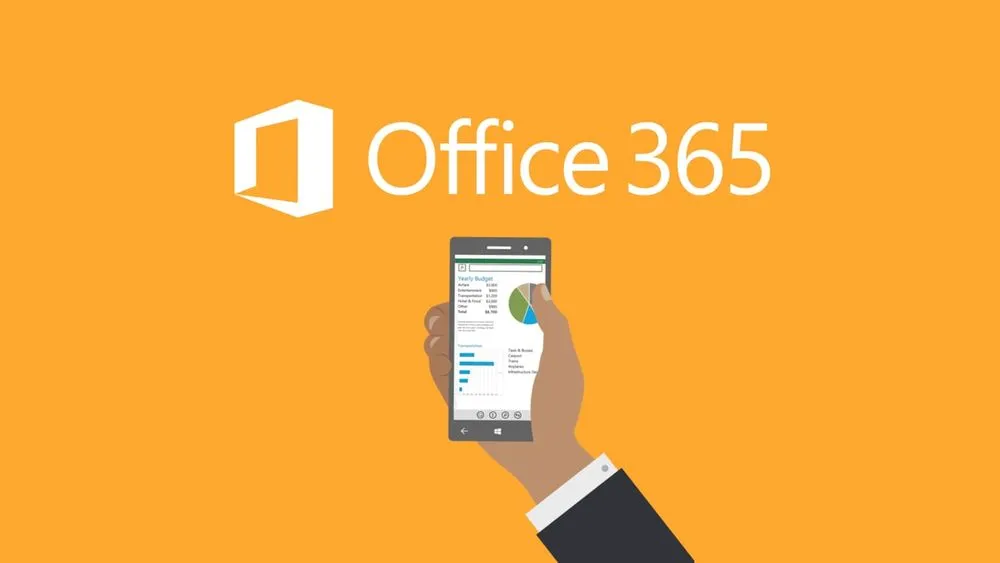
There’s no finish line in your productivity improvement project. The top productivity apps on the market today continue to build on past successes, helping workers push the limits. The only question is how to discover the best cloud productivity apps for your business without killing your productivity in the process.
Instead of relying on trial and error, you can now pull the data you need from a new report. The cloud productivity specialists at Okta recently released their latest survey results on the top tools businesses are using in 2017 to connect employees, partners, contractors and customers. (See how our cloud consulting solutions can jumpstart productivity for your organization.)
Okta’s 5 Top Productivity Apps
Here are some insights on the top productivity apps in the workplace today and statistics on how they’ve grown to be so valuable.
1. Office 365
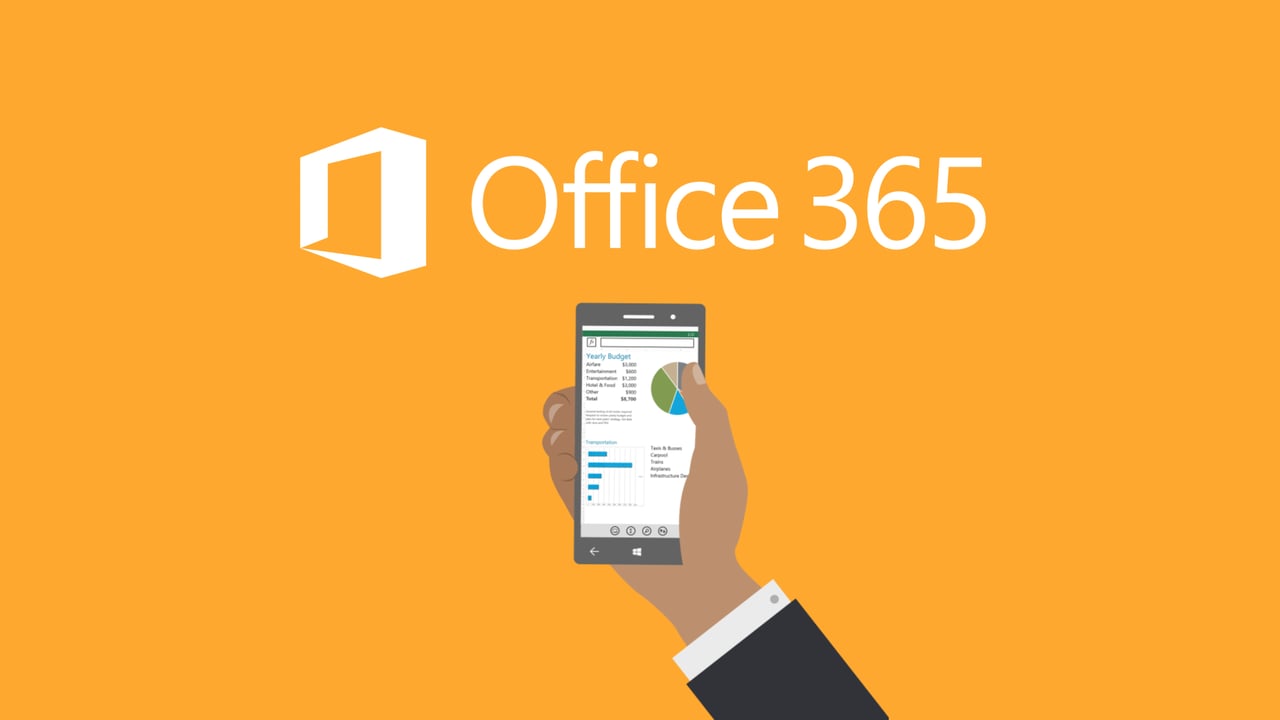 More than 80 percent of employees access Office 365 apps from a mobile device. Office 365 takes the essential desktop software like Word, Excel, Access, etc., and puts them in the cloud to streamline collaboration.
More than 80 percent of employees access Office 365 apps from a mobile device. Office 365 takes the essential desktop software like Word, Excel, Access, etc., and puts them in the cloud to streamline collaboration.
Thirty-nine percent of employees use this exclusively as their productivity hub. It’s important to note that even those with the top productivity software aren’t necessarily getting the most out of it. Companies need to evaluate how teams are using Office 365 to discover where they could be working together more effectively.
2. G Suite
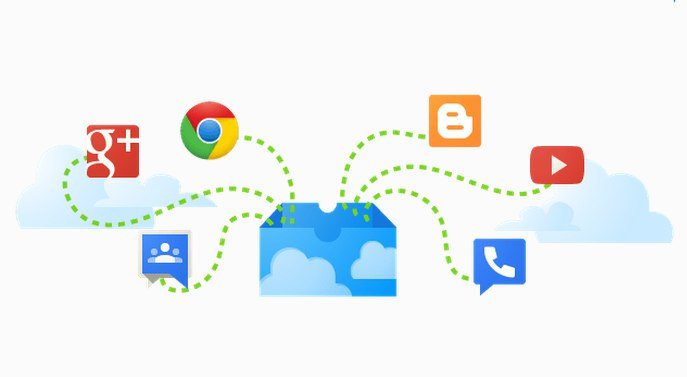 This is Google’s answer to Office 365. While 14 percent use G Suite apps exclusively, another 12 percent use G Suite and Office 365 for maximum flexibility. G Suite includes Gmail, Hangouts, Docs, Sheets, Drive and more. Unlike Office 365, there is no desktop component. These apps were born in the cloud.
This is Google’s answer to Office 365. While 14 percent use G Suite apps exclusively, another 12 percent use G Suite and Office 365 for maximum flexibility. G Suite includes Gmail, Hangouts, Docs, Sheets, Drive and more. Unlike Office 365, there is no desktop component. These apps were born in the cloud.
3. AWS
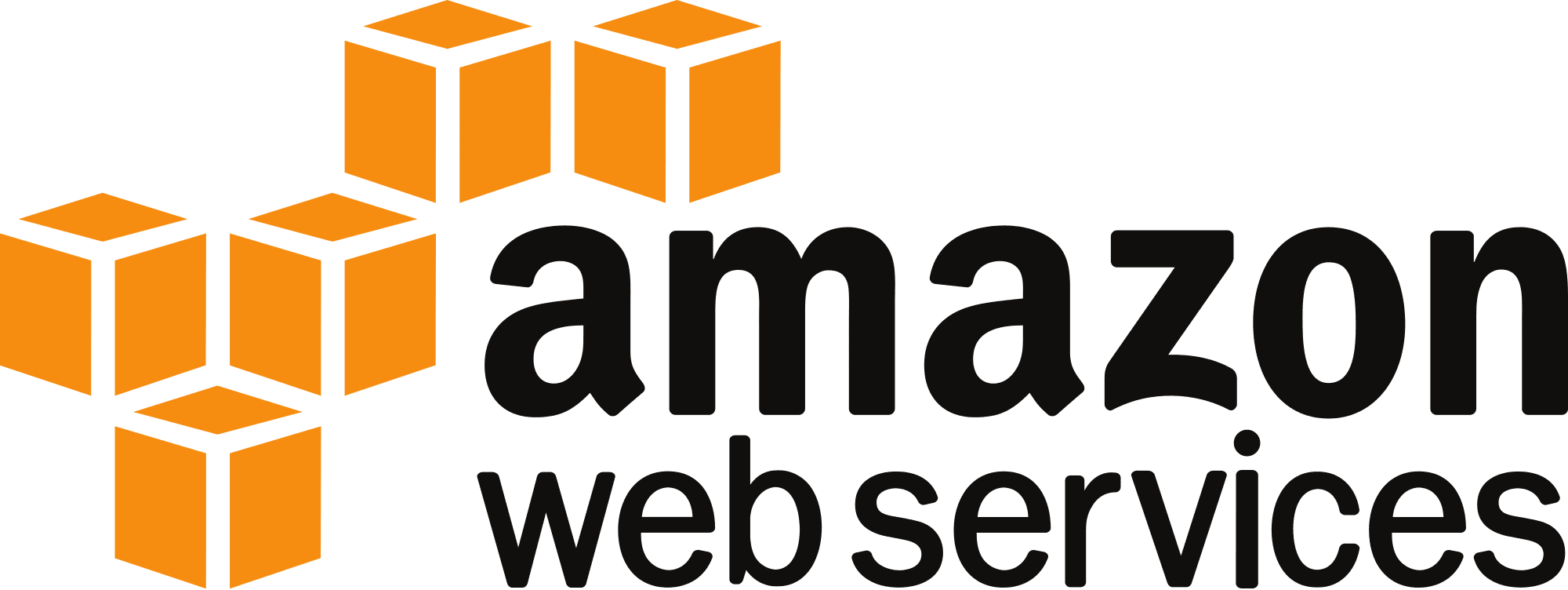 Amazon Web Services is the preferred destination in the public cloud where businesses can run their apps. Data analytics and deployment services are two other AWS functionalities in high demand. At least 42 percent of those using G Suite turn to AWS on a regular basis. In comparison, only about 23 percent of Office 365 users depend on AWS. Get help with Azure data migration and migrating to AWS today.
Amazon Web Services is the preferred destination in the public cloud where businesses can run their apps. Data analytics and deployment services are two other AWS functionalities in high demand. At least 42 percent of those using G Suite turn to AWS on a regular basis. In comparison, only about 23 percent of Office 365 users depend on AWS. Get help with Azure data migration and migrating to AWS today.
4. Box
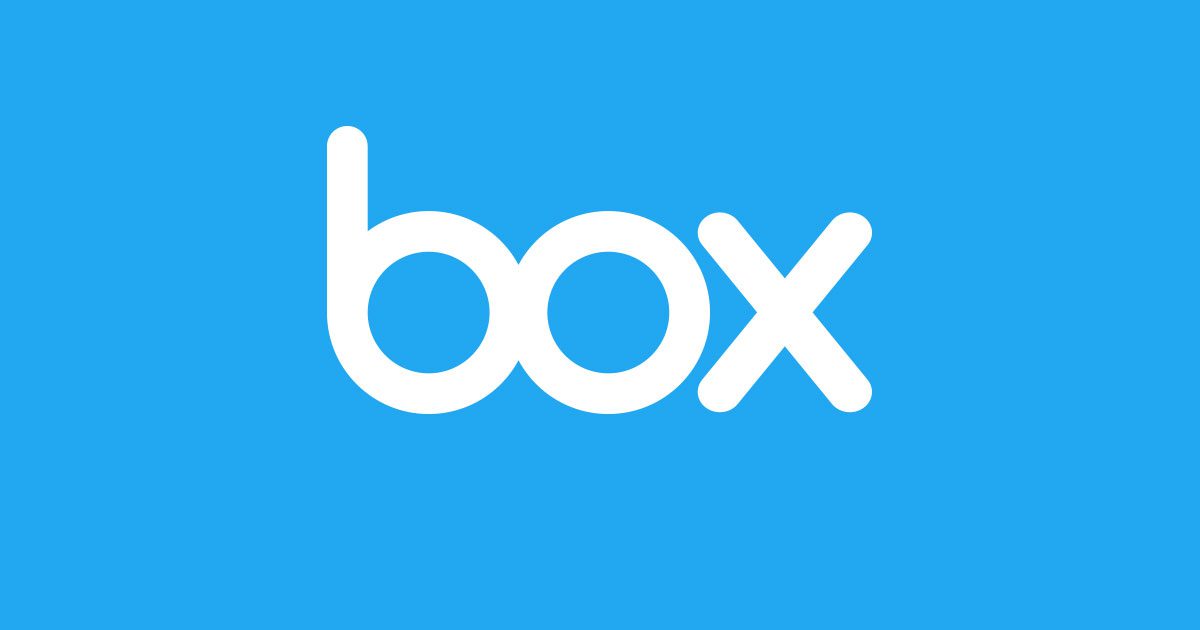 One of the earliest movers in the cloud-based storage market still has a lock on business document sharing. Box helped sell the cloud as the way for businesses to break free from the problems that came with transferring documents and presentations by email.
One of the earliest movers in the cloud-based storage market still has a lock on business document sharing. Box helped sell the cloud as the way for businesses to break free from the problems that came with transferring documents and presentations by email.
That early market entrance may explain why Box is more popular with Office 365 users (37 percent) than with G Suite users (30 percent). On average, G Suite users were more likely to work with newer apps than Office 365 users.
5. Salesforce
 This massive CRM system is one of the few companies able to smoothly transition from a business model based on selling desktop software to a cloud-based software as a service (SaaS) model.
This massive CRM system is one of the few companies able to smoothly transition from a business model based on selling desktop software to a cloud-based software as a service (SaaS) model.
Now, customer data and metrics can go anywhere a mobile device can go, arming salespeople with the instant access to information they need on the road. Salesforce is the most popular go-to app for both users of G Suite (54 percent) and Office 365 (40 percent).
In the year ahead, you can expect more of the advanced features of cloud-based apps to appear in productivity software. At Agile IT, our team is always plugged into the latest trends in cloud-based apps to help turbo-boost your productivity.
Whether you’ve moved servers to the cloud or are just experimenting with cloud productivity apps, fully implementing the cloud into your business operations is a complex and exhaustive process. But it doesn’t have to be this way. Agile IT’s cloud consulting services guide you through your cloud implementation and strategy. Reach out today to learn more.





